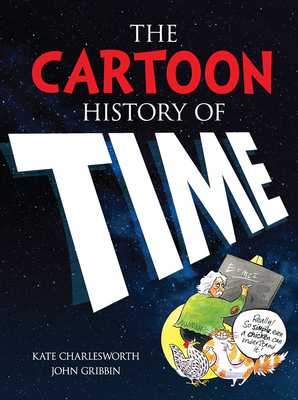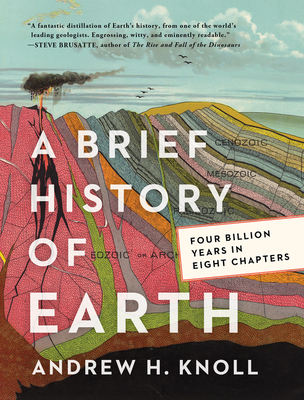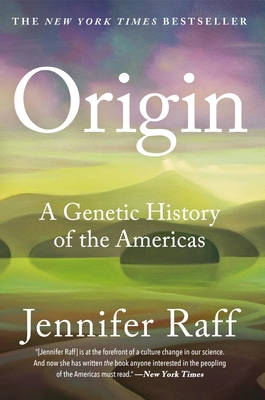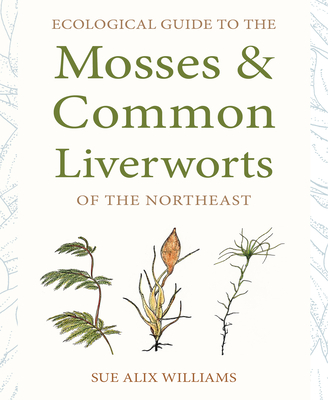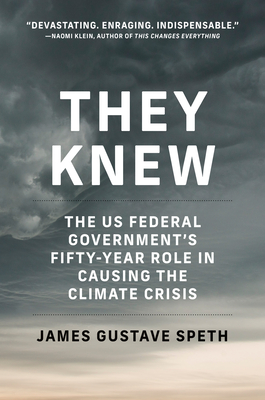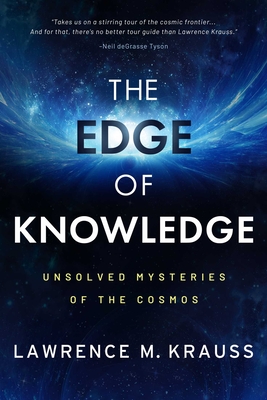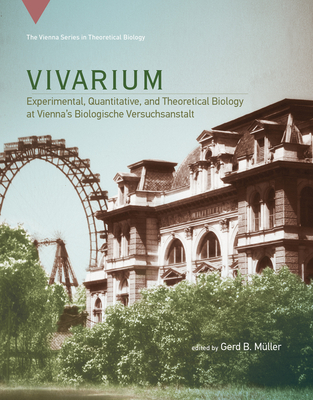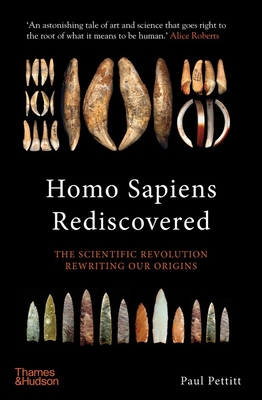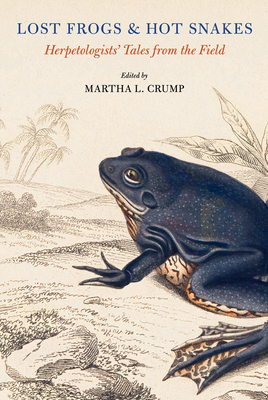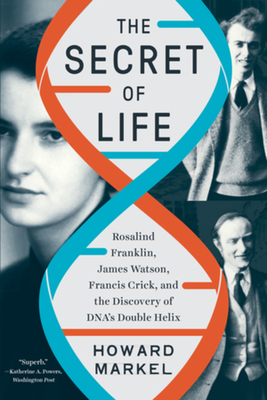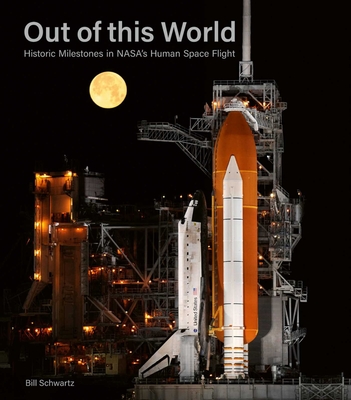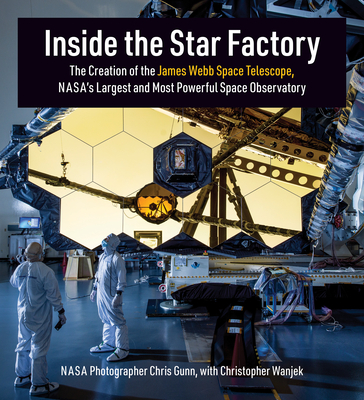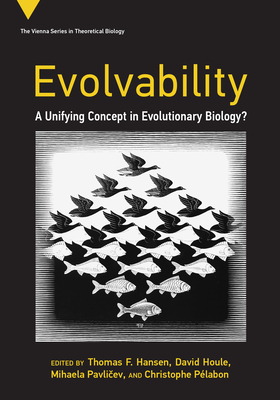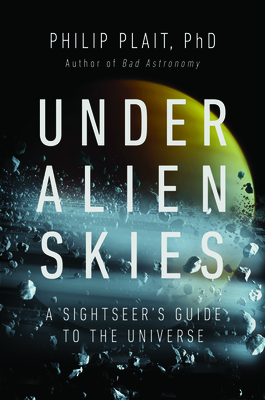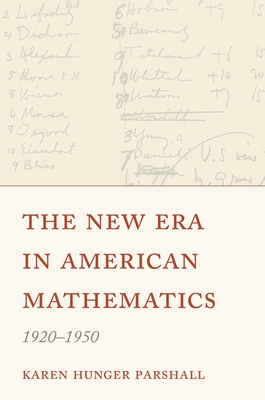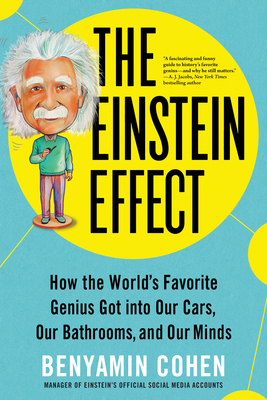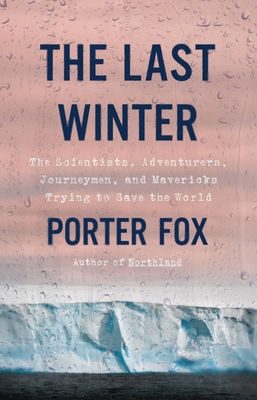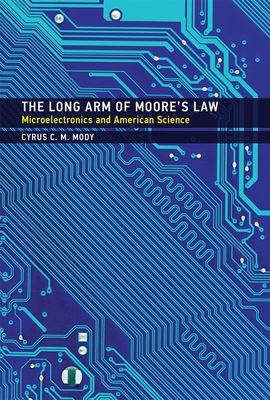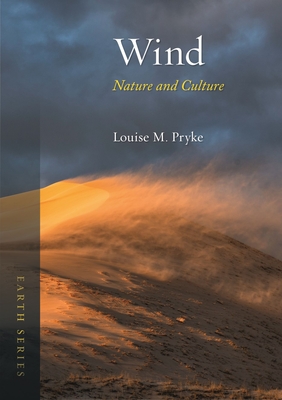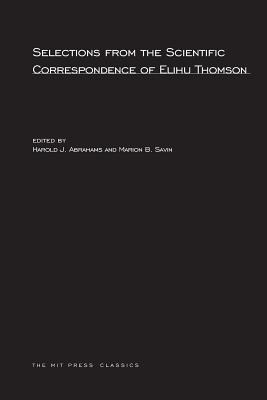
Selections from the Scientific Correspondence of Elihu Thomson (MIT Press Classics)
Description
Elihu Thomson (1853-1937) was one of the most inventive scientists of his time and one of the few truly scientific inventors. Because he saw no reason for making sharp separations between the pure and the applied, between science and technology, he was able to illuminate each aspect of his work with the light of his experience in the other. The result, as his correspondence confirms, was a progressive reaching out into numerous areas, some far removed from the electrical studies on which his fame has chiefly rested.
This collection of letters on scientific topics, both to and from Thomson, displays his interest in and knowledge of astronomy, telescope making, physical chemistry, x-ray studies, the history of science, industrial research and production, scientific education, military and naval armament, acoustics, air pollution, noise abatement, and other matters. His electrical and electromechanical interests are of course well represented in this selection.
These areas the reader will in large part be able to match against the well-known scientists and inventors among those included in the book who shared concerns and exchanged letters with Thomson: Sir William H. Bragg, William D. Coolidge, R. E. B. Crompton, Thomas A. Edison, George E. Hale, Irving Langmuir, Robert A. Millikan, Michael I. Pupin, George W. Ritchey, George A. Sarton, Harlow Shapley, Samuel W. Stratton, and Willis R. Whitney.
Thomson is credited with almost 800 electrical inventions. The process by which some of these were made are revealed in his letters in discussing generators, arc lights, measuring instruments, transformers, and other implements. Other letters reflect the rise of his company, which merged with Edison's to become the General Electric Company. It is of interest that Thomson chose to remain at General Electric all his life, as a consultant, even though he could have had almost any academic post he desired, including the M.I.T. presidency. Thomson was in fact an early advocate of the value of in-house industrial support of scientific activity of a sort transcending narrow and obvious self-interest; such support he felt would mutually benefit both science and industry.
Some of the most interesting of the letters deal with his advice to Hale and others on the making of the great 100- and 200-inch telescope mirrors. Others describe how, as a young Philadelphia high school teacher, he was able to produce electromagnetic waves and detect them at a distance some twelve years before the experiments of Hertz. At that time, he realized their utility as a medium of communication twenty years before Marconi's successful transmissions.
Thomson's letters to and from each correspondent are grouped together in order to show with greater continuity the development of Thomson's warm personal relationships and the unfolding of ideas and results in the various fields. The editors have provided an introduction, biographical accounts, and annotations. The latter are extensive and varied in nature, comprising explanations, anecdotes, commentaries, and identifications of now-obscure references.

